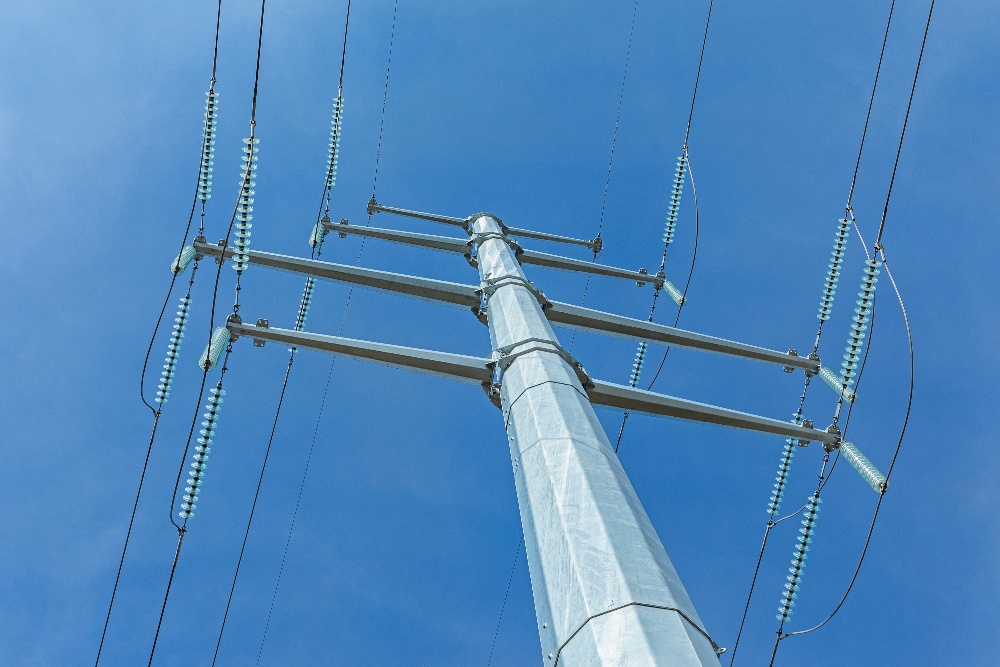Using existing transmission line infrastructure and assets, utilities can convert existing alternating current (AC) systems to high-voltage direct current (HVDC) and achieve greatly increased capacity of electric transmission systems with minimal line loss, more efficient use of existing rights-of-way and assets, and minimal environmental or regulatory impact. HVDC offers considerable opportunity, with benefits like power flow control and stability controls, but a thorough evaluation of the right conversion path is needed to attain project success.
STATE OF THE NATION
In the late 1880s, the War of the Currents broiled between inventors Thomas Edison and Nikola Tesla. Direct current (DC), developed by Edison, runs in a single direction but was not believed to be easily altered to lower or higher voltages. Tesla’s AC addressed this problem by reversing the current flow every 60 seconds and converting voltages using a transformer.
By the end of the 1890s, AC was adopted as the preferred means of electric power generation, and transmission grids began to spread across the country. Today, there are more than 700,000 circuit miles of lines in the U.S., most of which operate using AC.
Although electricity is still mainly transmitted by AC, changes in many technologies, new energy production sources and the need for efficient electricity distribution have increased demand for steady and unidirectional energy flow. HVDC is the bulk transmission workhorse to deliver what’s needed.
